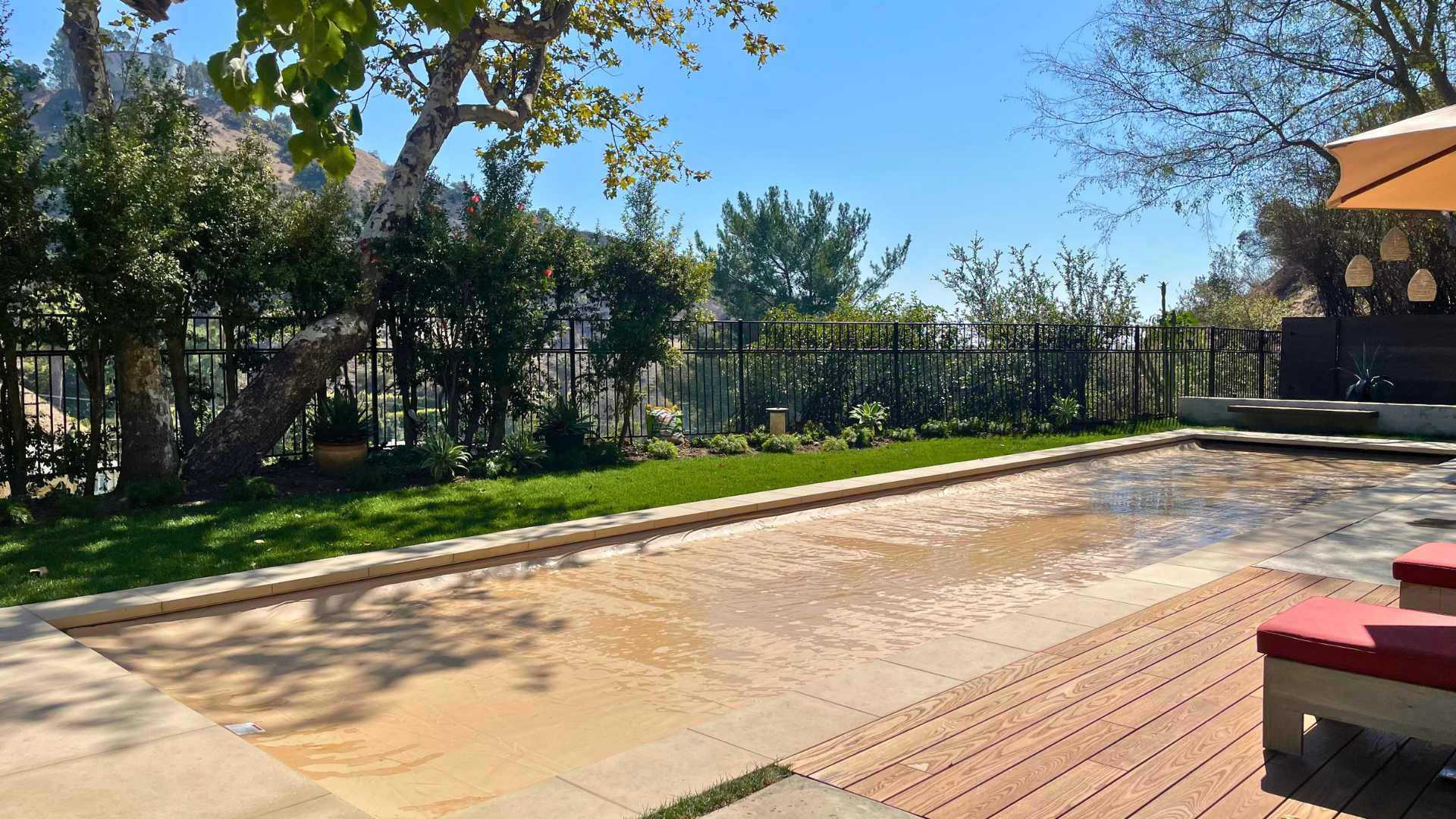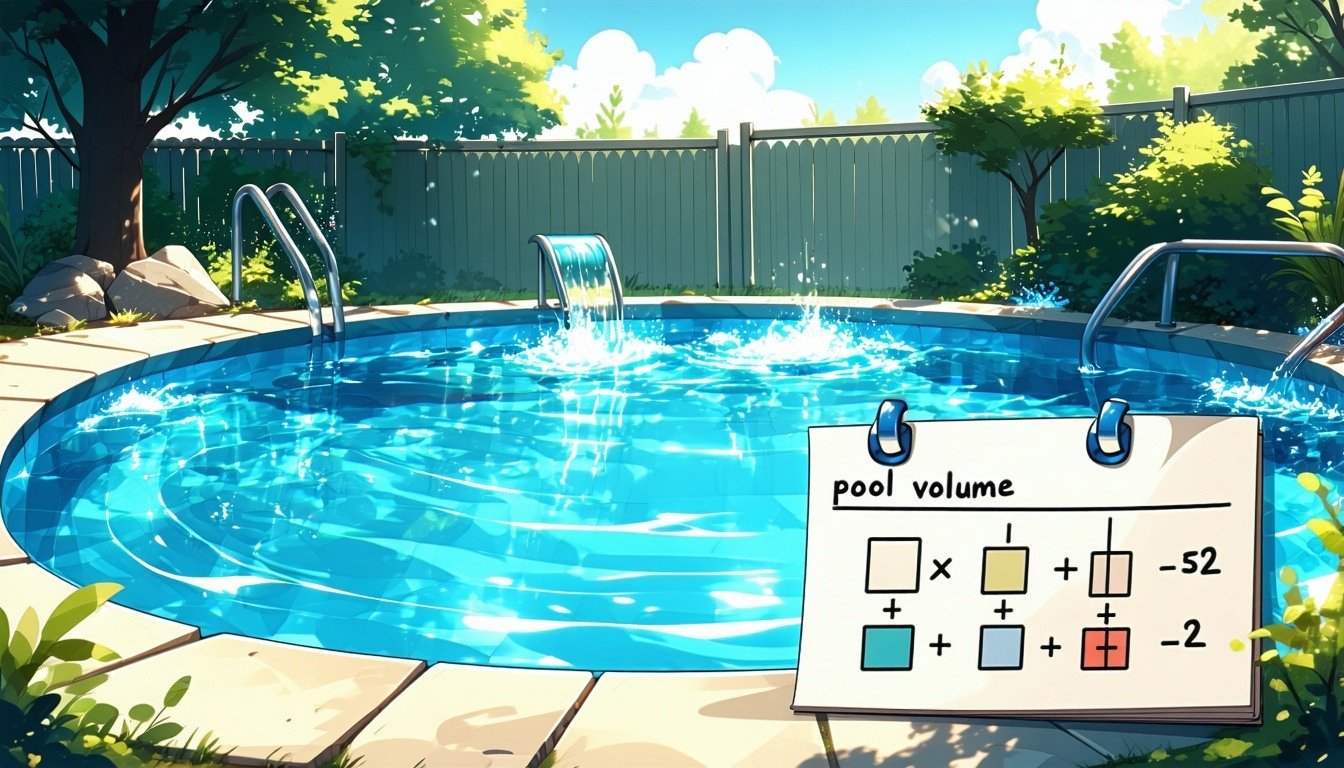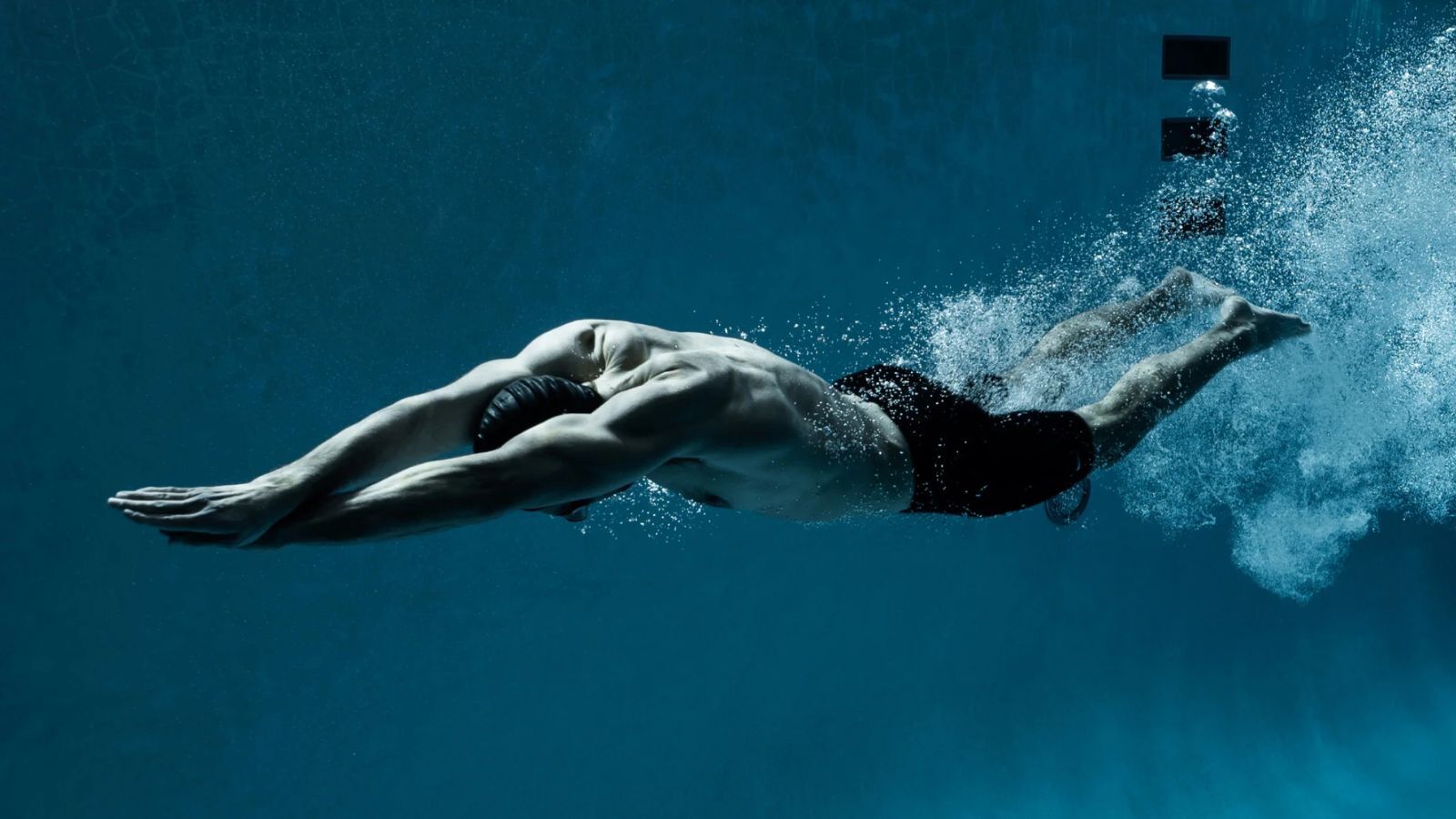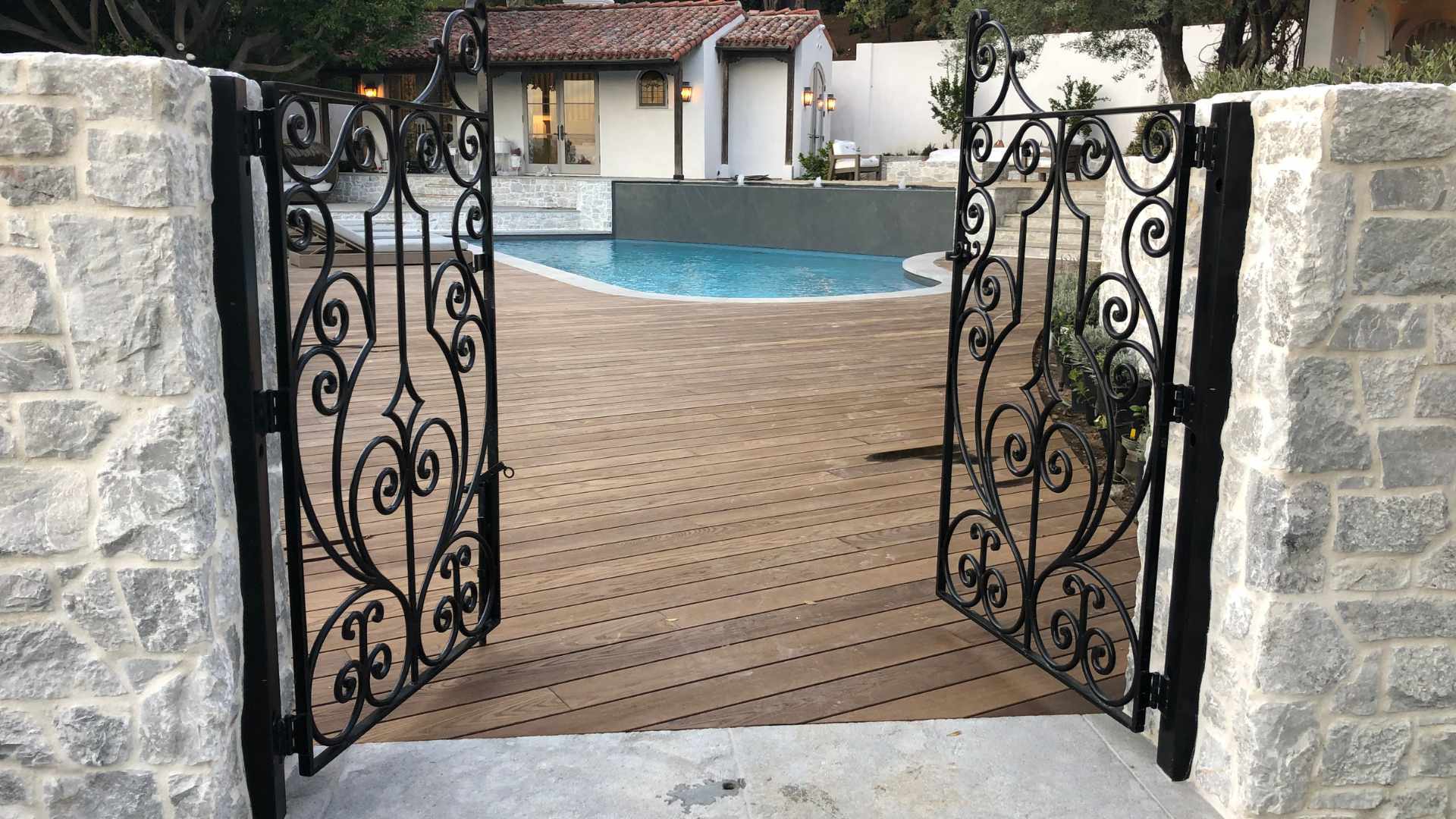How to Cut Pool Chemical Costs with Accurate Volume & Pump Run Time
The Secret Is Knowing Your Pool’s Volume Save money on pool chemicals while keeping your water clean and clear all year.Absolutely, and it starts...
5 min read
JC Escudero : Oct 4, 2025

Have you ever wondered whether automatic pool covers are worth the investment?
Are they truly safe or just an expensive add-on for your swimming pool?
If you're shopping for a pool cover or just curious about how they work, you're not alone. Pool owners frequently ask about safety, energy savings, warranties, and even color choices. With so many options and manufacturers on the market, it can be hard to know what’s marketing hype and what’s real.
In this guide, you’ll get a complete, brand-neutral overview of automatic pool covers. From energy efficiency to maintenance, safety standards, installation types, and costs, this FAQ-style breakdown will help you make a confident and informed decision.

Automatic pool covers do more than protect your pool; they also protect your loved ones, keep out debris, and help lower heating bills by holding in heat and reducing evaporation. They can be installed on both new and existing pools.
But before choosing a pool cover, it’s important to understand that not all automatic covers are installed the same way. One of the biggest decisions you'll make with your installer is what kind of track system will guide the cover across the pool. This choice affects how the cover works, looks, and its cost.
Here are the three most common track system types — explained in simple terms:

This system is used mostly for rectangular-shaped pools. The track is hidden under the pool’s edge (called the coping), which gives your pool a cleaner, more seamless look.
There are two ways the track can be installed:
It can be anchored directly under the coping
Or it can be installed using something called encapsulation, where the track is placed on top of the pool wall, and the coping is poured or placed on top of it
Why people like it: It’s hidden from view and looks neat
Things to know: It’s best installed while the pool is being built

This track also works with a below-ground motor, but instead of being hidden under the coping, the track is placed around the outside edge of the pool. It can be installed in two ways:
Standard top track: Mounted directly on top of the pool deck good for pools with curves or custom shapes
Recessed track: Installed before the deck is poured so that the track sits flush with the deck, making it more discreet
Why people like it: Great for freeform or uniquely shaped pools
Things to know: Best to plan for this before your pool deck is poured
.jpg?width=238&height=318&name=Cover%202%20Vertical%20Blog%20Visual%20(2).jpg)
This system is designed for pools that are already in place. The track and motor are both installed on top of your pool deck. Since the motor is situated on the surface, many people opt to build a bench over it, which can also serve as a seating area.
Why people like it: Easy to add to existing pools
Cons: The fabric may wear faster as it travels over uneven, rough surfaces (Concrete or Stones)
Things to know: It is slightly more visible, but benches can make it blend in nicely.
Automatic pool covers can be a great long-term investment — but the price can vary significantly depending on the type of system, your pool design, and the time of installation. Here’s a clear overview of the real costs involved.
Pro Tip: These are average industry ranges. Always request a detailed quote based on your pool size and region.
| Cover Type | Estimated Installed Cost |
|---|---|
| Under-Track System | $16,000 – $22,000+ |
| Recessed Top-Track System | $15,000 – $18,000 |
| Deckmount System | $14,000 – $16,000 |

Track Type: Under-track is the most hidden and typically the most expensive. Deckmount is the easiest and most budget-friendly.
New vs Existing Pool: It's cheaper to install during pool construction.
Pool Shape: Rectangular pools are simpler and cheaper to cover. Curved pools require customization.
Motor & Materials: Hydraulic motors and high-end vinyl slats add cost.

In addition to the base system, you may need to budget $10,000–$15,000+ for installation-related construction and components:
Electrical setup (breaker, conduits, switches)
Vaults (steel-reinforced, shotcrete structures with drainage)
Walk-on lids and support brackets. Stone, wood, or composite materials for lids also affect cost.
These extras ensure your system is both functional and durable, but they add to the total cost.
| Item | Average Cost |
|---|---|
| Fabric Replacement | $2,000–$4,000 (every 6–8 years) |
| Rope or Track Repairs | $200–$500 (as needed) |
| Annual Maintenance Plan | $300–$400/year |
| Cover Pump (if needed) | $300–$500 (per event) |

Pool cover owners agree that all these are significant savings:
Use our Automatic Pool Cover Cost with our custom price calculator.
Ask us about financing options with low monthly payments.

Yes. Most manufacturers offer 10–17 vinyl color choices. For polymer panels or benches, the color range may be more limited depending on the brand.
Yes. Covers reduce evaporation by up to 75% and help retain heat, lowering your pool’s operating costs.
Most covers are built from 16–18 oz. Vinyl reinforced with Dacron mesh. Heat-welded seams are used to reduce failures.
Yes. Covers trap heat and act like a solar blanket, warming water by 6–10°F on average.
Yes. Trapping heat during cooler months allows you to swim earlier in the spring and later in the fall.
Your installer will guide you. Measurement depends on your pool shape and track type.
Most are. Look for compliance with ASTM F1346-23 and local safety codes.
Yes. Many systems exceed ASTM F1346-91, and some meet AFNOR standards. Look for UL certifications on electrical components as well.
Yes, but you’ll likely use less sometimes 50% less due to reduced evaporation.
Salt residue can build up and corrode components. Rinse the system monthly and maintain balanced water chemistry.
Yes terms vary. Expect 5 –7 years for fabric, up to 20 years for motors, and lifetime options for some mechanisms.
Yes. Standing water can damage the cover. Use a built-in pump or manual pump as needed.
Yes. A keyed switch lets you secure the cover when you're away.
Yes but only in emergencies. Covers are weight-rated, but walking regularly isn't recommended.
Fabric: 6–8 years on average.
Mechanical parts can last longer with maintenance.
.jpg?width=252&height=336&name=Cover%202%20Vertical%20Blog%20Visual%20(3).jpg)
Yes:
Higher upfront cost
Maintenance required
Not ideal for some pool shapes
Potential for mechanical issues over time
Yes! When closed, they create a physical barrier strong enough to hold several adults. Still, supervision and fencing are essential. It's also pet safe!
You now know how automatic pool covers work, their cost, and how to choose the right one.
From energy savings to safety and aesthetics, there’s a lot to consider and no one-size-fits-all answer.
Want help comparing automatic and manual options? Read: “Automatic vs Manual Pool Covers: Which is Right for You?” At J Designs, we’ve helped hundreds of homeowners choose the right cover system for their pool. Reach out today with questions we’re here to help.

The Secret Is Knowing Your Pool’s Volume Save money on pool chemicals while keeping your water clean and clear all year.Absolutely, and it starts...

Looking for ways to make your water workouts more exciting and effective?Not sure which gear is best for your age, fitness level, or aquatic goal?In...

Trying to choose the right decking material for your pool area and feeling stuck between natural wood and composite?